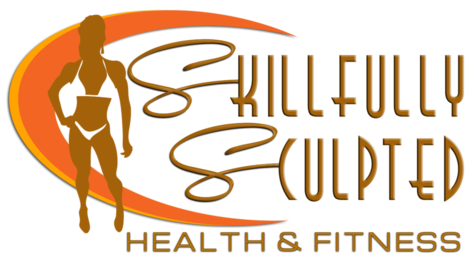Being aware of where we are in space and what our body is doing is important. Think about when we are being physically active or learning new movements or choreography. Consider when we’re just trying to identify what we feel in our bodies. Having and being able to improve body awareness is key in all of this.
In Pilates, 2nd Edition, author Rael Isacowitz says, “bringing awareness to the body and the intricacies of movement establishes the foundation for change” (Isacowitz, 2014). I think this explanation is perfect when it comes to describing why body awareness is vital. It assists us in gaining more control and stability, improves our mind-body connection, enhances our path to wellness, and alerts us when things are off.
Knowing, feeling, and understanding what the body is doing begins with shifting our focus and concentration to the areas that are sending us signals. In this video, I share more about the ways in which we can improve body awareness. Afterwards, we’ll move through a body scan exercise. This is another technique that can assess what’s happening in the body. It’s also a great relaxation and meditation practice.
Let me know other ways you’ve improved body awareness in the comments below!












